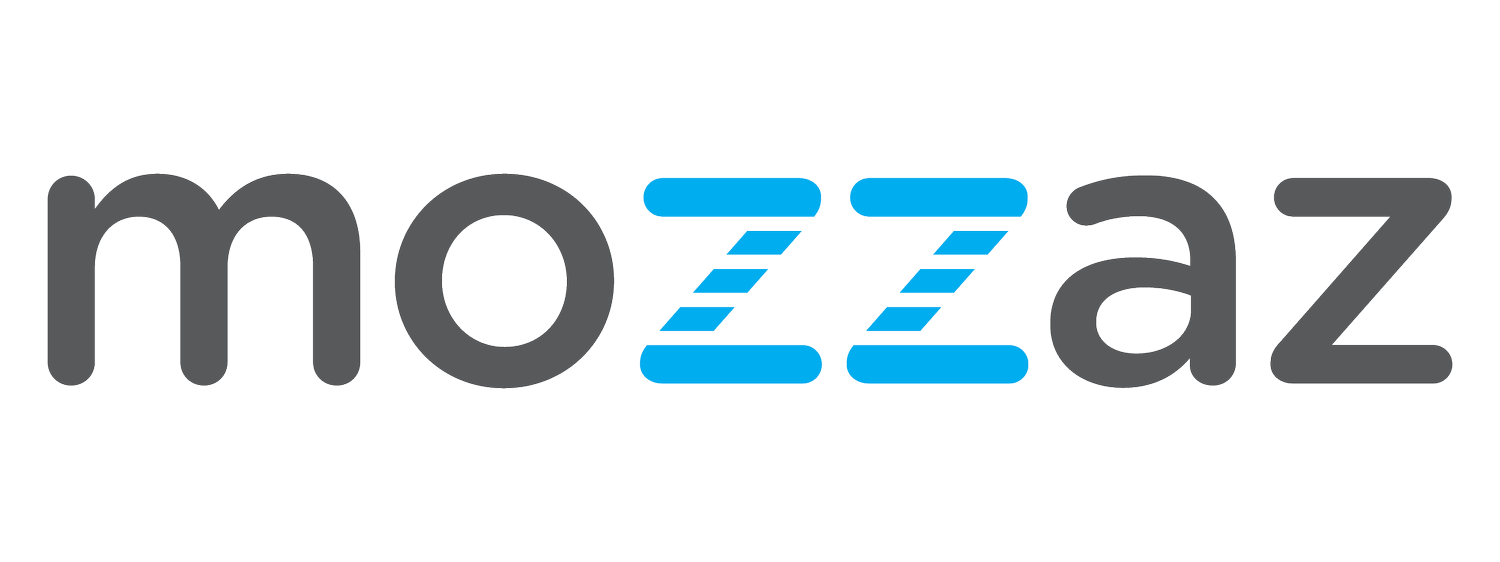Reimbursement for Remote Patient Monitoring: A Guide to Using the CMS CPT Billing Codes
The Centers for Medicare and Medicaid Services (CMS) have continuously responded to the growing interest in virtual care technology and services by expanding the billing codes for remote patient monitoring (RPM). 2021 reimbursement policies were finalized in December of last year, with some recent amendments and clarifications made in January of this year. Some of these rulings are meant to be permanent, while others are set to expire at the end of the Public Health Emergency (PHE).
What is Remote Patient Monitoring (RPM)?
Remote patient monitoring gives clinicians a continuous stream of patient data, allowing them to give patients better feedback on their conditions and make insightful amendments to their treatments, ultimately providing better care to patients and increasing engagement. Additionally, RPM can improve both clinical and financial outcomes for clinics. RPM involves collecting data from connected devices. There are a variety of qualifying devices that collect vital signs, and devices used are specific to patient’s conditions. All the collected data is electronically transmitted to the necessary clinicians for real-time monitoring.
Remote patient monitoring is not a replacement for emergency services, but the timely interventions enabled by continuous monitoring have been shown to significantly reduce hospital readmissions and lower hospital costs for patients enrolled in an RPM program. Most commonly, medical practices will partner with a vendor, like Mozzaz, to provide the platform and devices for remote monitoring, however, CMS does allow RPM services to be completely outsourced, giving practices more options for taking advantage of these programs (1). On average practices will receive $1,500 in reimbursement annually per patient with an RPM program.
What are the CPT Codes?
There are five main CPT codes to consider when billing for RPM services. Let’s break them down:
99091: The collection and interpretation of physiologic data digitally stored and transmitted from the patient or caregiver to the physician or other qualified healthcare provider. This requires a 30-minute minimum and can be billed at $59 once every 30 days.
99453: This pertains to the initial set up and training provided to patients. The device used in the training and set up must be an FDA defined medical device excluding Durable Medical Equipment (DME). This code can be billed at $21.
99454: The supply, provisioning, and monitoring of devices. A reimbursement of $69 can be billed once every 30 days, but there must be at least 16 days of device readings submitted by the patient to qualify (2).
99457: Direct, monthly expense for a minimum 20 minutes time spent by clinical staff, a physician, or other qualified healthcare professional in communication with the patient or their caregiver. This reimbursement is worth $54 each calendar month of the year.
99458: An add-on code, this can only be billed in conjunction with CPT code 99457. This allows for reimbursement for an additional 20 minutes of clinical staff time spent in communication with the patient or their caregiver and can be billed at $43 per calendar month.
The CPT codes for RPM as outlined in the 2021 Physicians Fee Schedule and above are strong indications of the value CMS sees in these programs for patients. The expansion of RPM reimbursement codes is a clear effort to support providers in responding to the growing demand and need for these services. Leveraging these codes, your practice can see financial benefits while simultaneously delivering patients high-quality care for better outcomes. Contact us today to learn more.
References
(1) Remote patient monitoring: Building a new outpatient revenue stream. (2020). MGMA. Retrieved from https://www.mgma.com/resources/business-strategy/remote-patient-monitoring-building-a-new-outpatie
(2) CMS Clarifies 2021 PFS Reimbursements for Remote Patient Monitoring. (2021). mHealth Intelligence. Retrieved from https://mhealthintelligence.com/news/cms-clarifies-2021-pfs-reimbursements-for-remote-patient-monitoring

